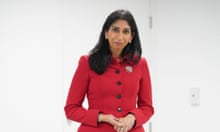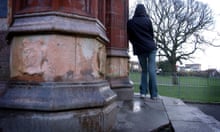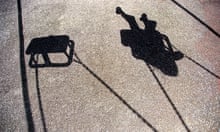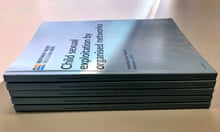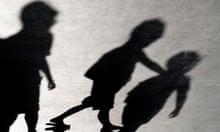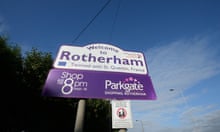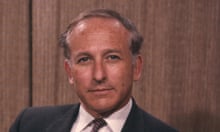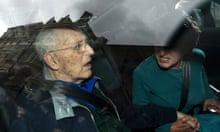The independent inquiry into child sexual abuse (IICSA) in England and Wales published its final report on Thursday. We explain how the inquiry came about and what its work entailed.
When and why was the inquiry launched?
In 2014, Theresa May, the then home secretary, announced an inquiry “to consider whether public bodies – and other non-state institutions – have taken seriously their duty of care to protect children from sexual abuse”.
It came after a series of child sexual abuse scandals involving celebrities such as Jimmy Savile and Rolf Harris, as well as figures in authority. There were also accusations of an establishment cover-up, a Home Office review in 2013 having found that 114 potentially relevant files on child abuse were missing, lost or destroyed. The inquiry was established in 2015, and public hearings concluded in 2020.
What powers did it have?
As a statutory inquiry, it had the power to compel witnesses to attend and to request any material necessary to investigate where institutions had failed to protect children in their care. It could not, however, determine civil or criminal liability of named individuals or organisations.
What has it been doing in the seven years since launch?
The inquiry has held scores of hearings. It has conducted 15 investigations, which have led to individual reports on bodies such as religious institutions – including individual reports on the Catholic and Anglican churches – residential schools, the internet, reparations and children outside the UK. There have also been narrower investigations, including into the late Labour peer Greville Janner and children in the care of Nottinghamshire and Lambeth councils.
Research reports – different from investigations – have also been conducted on subjects including child sexual abuse in ethnic minority communities and in sport. Some of these reports were based on accounts given by participants in the Truth Project, a listening exercise which gathered submissions from 6,200 victims and survivors, who were invited to share their experiences and make suggestions for change.
What were its findings?
The inquiry found that child abuse was “endemic”, permeating all sections of society, with its incidence likely to be much higher than recorded. It said abuse had occurred in many of the country’s most prominent institutions, which frequently put their reputation above the protection of children. Its 458-page report included 20 recommendations. The three that form the centrepiece of the report are: making it mandatory for people who work in regulated activity or in positions of trust to report allegations of child sexual abuse, including criminal sanctions under certain circumstances; a national compensation scheme for victims let down by institutions, state or otherwise; and a child protection authority (one for England and one for Wales).
Has the inquiry had universal support?
No. Ministers initially resisted a sweeping inquiry but were forced to announce one amid accusations of an establishment cover-up.
after newsletter promotion
In 2016, the Shirley Oaks Survivors Association (Sosa), which represents hundreds of victims of abuse in Lambeth children’s homes, withdrew from the inquiry. Its founder, Raymond Stevenson, said the IICSA had lurched from crisis to crisis, was “failing tragically, failing publicly”, and was clearly a “botch job”. He raised questions about its independence, saying 36 (out of 183) staff on the inquiry were Home Office officials and that its chair, Prof Alexis Jay, had been “parachuted in by the Home Office, and we need to get someone else”.
Jay, the current chair, became the fourth person to hold the role when appointed in 2015, while the inquiry had at least three senior lawyers leave amid reports of disagreements about its remit.
The Survivors of Organised and Institutional Abuse group withdrew in 2017, backing Sosa’s concerns. It said the inquiry was “not fit for purpose” and that survivors were “totally marginalised from effective participation in the research process”.
What happens next?
The government will consider the recommendations made in the final report, decide whether to accept them and legislate if necessary.

